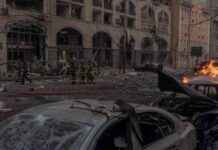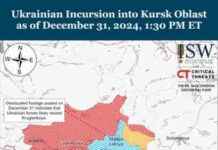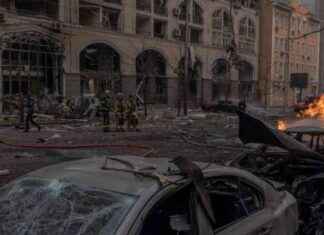South Korea Pilot Unaware of Deadly Concrete Mound
A shocking revelation has emerged from the tragic Jeju Air accident that claimed the lives of 179 passengers on December 29 at Muan International Airport in South Korea. A pilot with seven years of experience, identified only as Pilot A, testified that he was never informed about a concrete mound housing a localiser on the airport’s runway. This lack of awareness is believed to have played a significant role in exacerbating the severity of the accident, leading to a catastrophic explosion upon collision with the solid mound during a belly landing.
Pilot A’s Testimony
In an exclusive interview with Yonhap News, Pilot A expressed his disbelief at the existence of the concrete structure, stating that he had mistaken it for a dirt pile during countless take-offs and landings. Despite his extensive experience at Muan airport, there was no indication in airport charts or guidance materials mentioning the true nature of the 2-metre-high, 4-metre-thick concrete mound. Shockingly, other pilots were also unaware of the concrete structure, highlighting a critical oversight in airport safety protocols.
Implications of the Accident
The collision with the localiser’s concrete mound during the belly landing led to a devastating explosion, resulting in numerous casualties and injuries among the passengers and crew. The pilot’s testimony sheds light on the gaps in communication and information dissemination within the aviation industry, raising concerns about the overall safety measures in place at airports worldwide.
Call for Improved Safety Measures
The tragic incident at Muan International Airport underscores the urgent need for enhanced safety protocols and comprehensive training for pilots and airport personnel. Authorities must prioritize transparency and communication regarding potential hazards on airport runways to prevent similar accidents in the future. The aviation industry must learn from this heartbreaking incident and take proactive steps to ensure the safety and well-being of passengers and crew members.

















